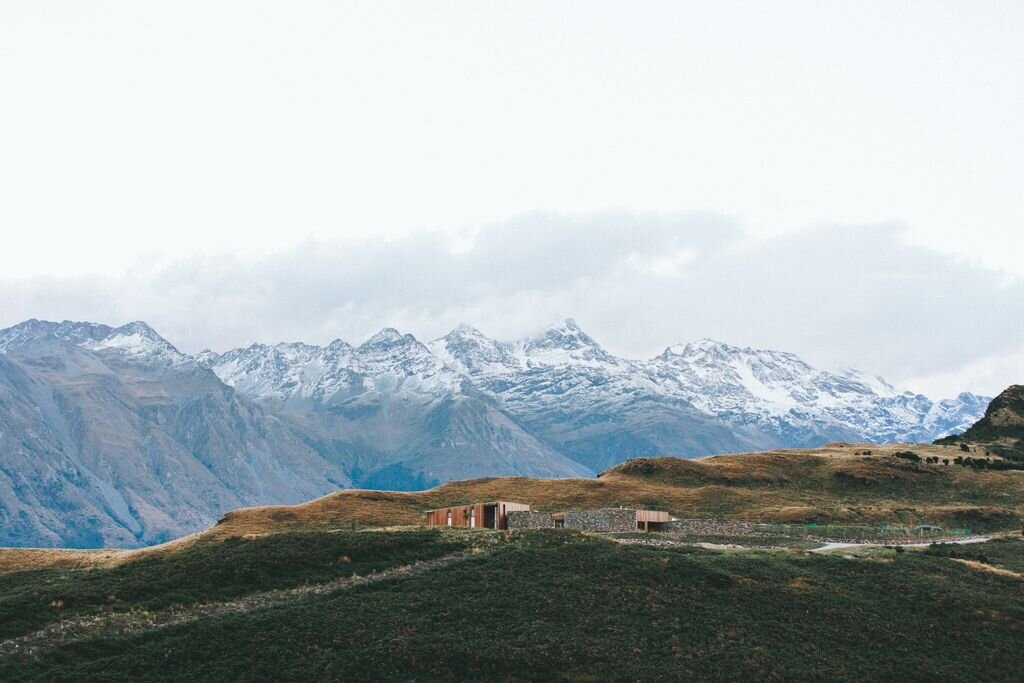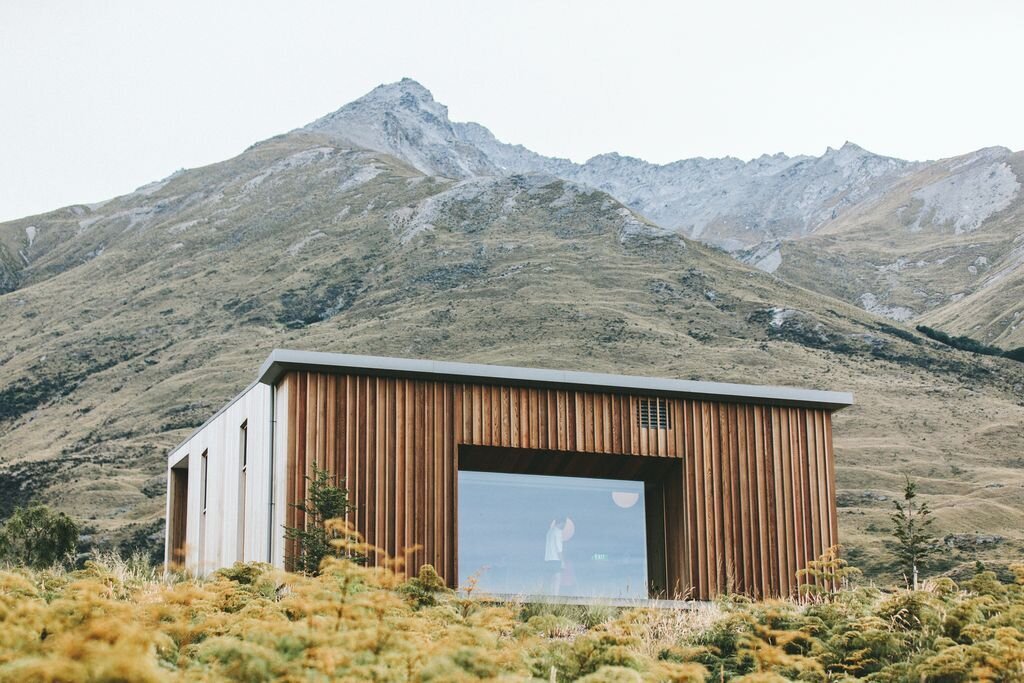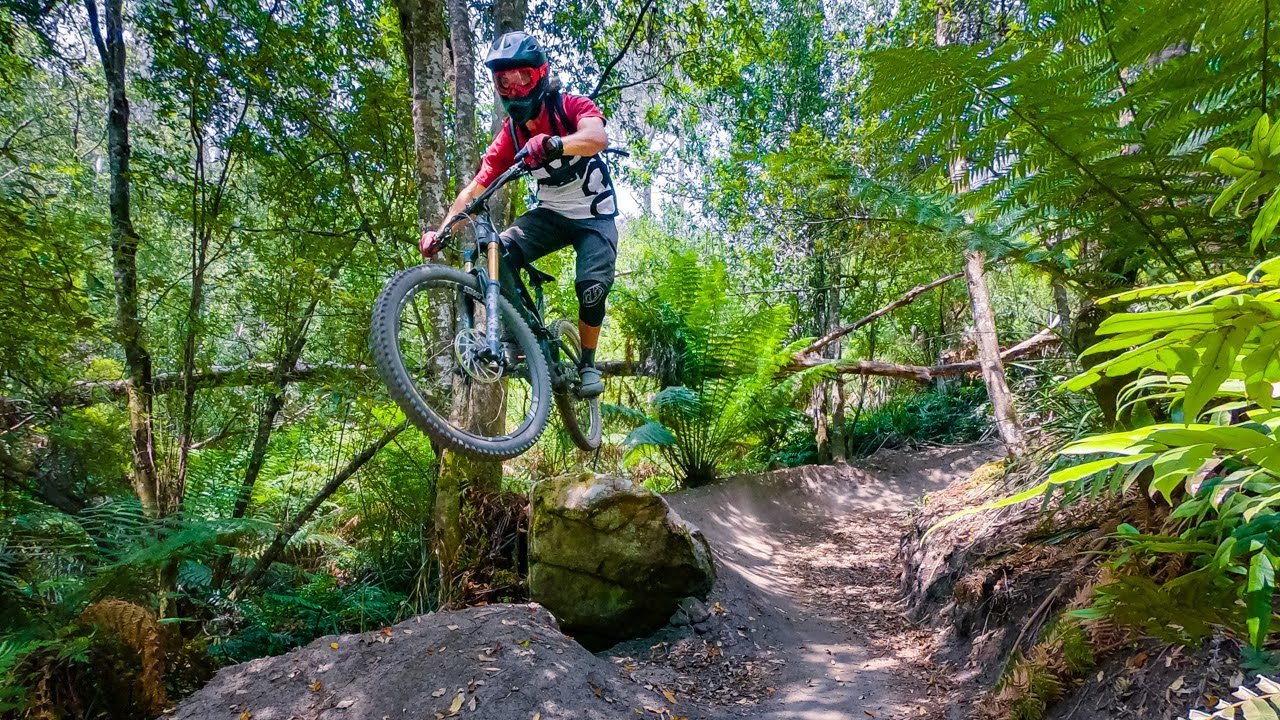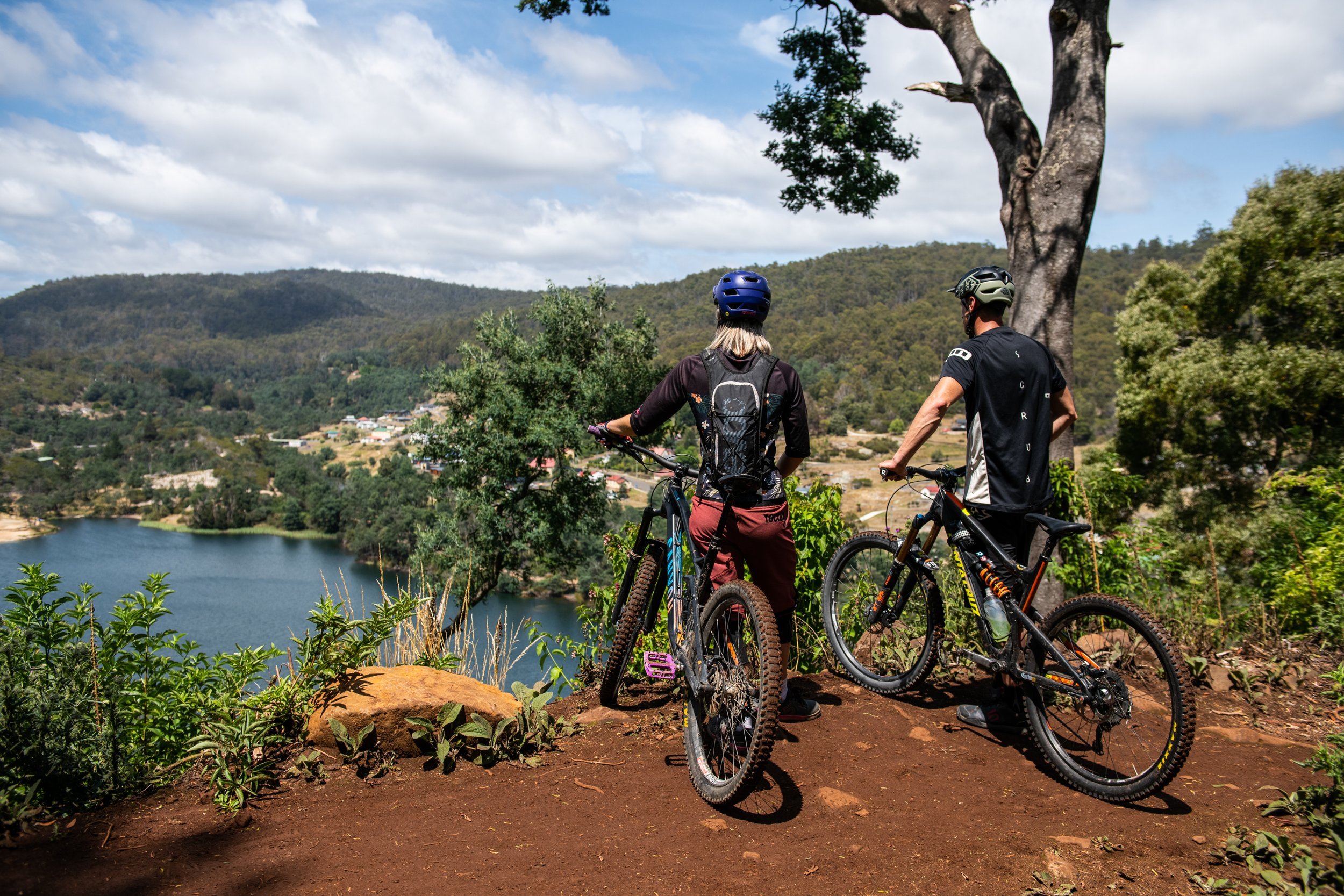
History
Love at first sight
We first saw a real estate listing for The Keep in early 2022. We thought it looked interesting and beautiful so on a whim decided to drive up and have a look. It is a rugged 4 hour drive from Hobart and we were not expecting to do much more than have a tour and marvel at the view. However, like most who visit The Keep, when we reached the top of the drive and pulled around to the side of the building, we literally fell in love with it. My wife burst into tears and on the spot we both knew we were about to make a pretty rash decision but one that was driven from our hearts.
With a love for our beautiful state and a background in hospitality we had a vision of a truly indulgent and romantic experience for guests, combining nature and luxury to create unforgettable memories at The Keep. In November 2022 we were handed the keys and our journey began.
If your travels take you into Hobart, please pop into either of our cafes (THE STAGG - MIDTOWN or THE STAGG - CITY) and say hello to us - Sue and Jono Stagg - if we are about, we’d love to meet you.
We hope you enjoy your stay here, unplug and take your time in this truly special place to re-connect with your partner and the wilderness around you.



Distinctly Tasmanian. Early History
Long before European settlement Lutruwita ( Tasmania ) was home to the Palawa (Tasmanian Aboriginal) people. One of the Palawa tribes known to live in the North East of Tasmania was the Kunnarra Kuna. With beautiful forests, plentiful game and proximity to the coast it is easy to imagine the Kunnarra Kuna people spent much time around the Blue Tier.
In 1830 Government surveyor, Charles Gould, explored the North East of Tasmania on foot. He named the ridge approximately 2km west of The Keep, The Blue Tier ( this is the ridge you can see looking west from The Keep ). He then surveyed a triangle of land. The base went from Ansons Bay in the North to Georges Bay in the South with its apex near the current location of The Keep on The Blue Tier. He named this ( quite modestly ) Gould's New Country.
A small group of 38 English, Scottish, German and French settlers moved into the area in 1868 to farm. Their life was tough but there are still reminders of their time here. They built the church in Goulds Country which can still be seen. In 2018 the population was listed as 66 and it would be easy to think not much happened in the meantime but nothing could be further from the truth. In 1874 tin was discovered and the area experienced a tin rush. Miners hoping to strike it lucky flooded into the area and within a few short years The Blue Tier and Gould's Country were booming. The towns of Poimena, Lottah and Goulds Country had a population of over 1000. There were hotels, schools, churches and a post office. Each town had a football team and played matches against each other. ( The Lottah recreation oval can still be seen on the road to The Blue Tier. ) It must have been an exciting and vibrant place. Over time the ore was removed and tin mining operations slowed. By 1950 the last mine, The Anchor Mine, was shut, the miners all gone and the mining towns disappeared. If you like to uncover the past a fascinating day can be had exploring the remnants of the ghost town of Poimena, a 30min drive to the top of the Blue Tier. Michael Holmes' great book “Tasmania’s Vanishing Towns” has a lot of information on the mining history of this area. (There is a copy in The Keep library).
The area returned to a quiet country region, the farmers went back to farming and the wondrous native forests you can see from every window started to reestablish as if the miners had never existed.
For the next half a century after the decline of the tin industry, not much happened on The Blue Tier, but then two seemingly small things happened that had big ramifications for the area.



Explore the trails
Local mountain bike enthusiast Ben Mather started a small mountain bike race through the old mining trails of The Blue Tier and Derby. He called the race The Blue Dragon. Word spread through the mountain bike community of the beauty of the area and the quality of the riding. Within a few short years it became one of the biggest races in Australia. At the time most mountain bike races were uninspiring slogs along long flat gravel roads. The Blue Dragon race turned that on its head with wild bush tracks mixing magic scenery with difficult terrain. ( I remember the race briefing before stage 2 on one of the early years of the event, “Take care guys, today’s stage is genuine mountain biking. If yesterday's degree of difficulty was 8 or 9 out of 10 then today is 11!” That was one of the toughest days I’ve ever had on a mountain bike, crashing more times than I can remember. When I got home and undressed in front of my wife I had so many bruises she thought I'd been beaten up ). The race became legendary and for one weekend a year hundreds of mountain bikers were descending on the neglected towns of Derby and Weldborough. Camp sites were full, shops were full, pubs were full and the local Lions Club worked around the clock to try and feed the mob of hungry bike riders. The local council realised that they had something special. The tracks that Ben Mather uncovered for the Blue Dragon race became the basis for the Blue Derby mountain bike trail network which is recognised as the best mountain biking in Australia. The Blue Derby trail network now extends right across North East Tasmania from Branxholm to St Helens and attracts tens of thousands of keen mountain bikers every year. The Blue Tier trail ( to Weldborough ) and the Swimcart Trail ( to St Helens ) both pass within a couple of kilometres of the Keep. Once again The Blue Tier is booming.




